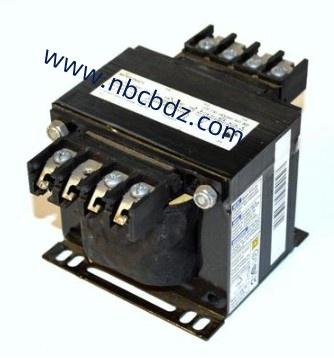-
In today's equipment-driven environment, a Square Transformer Factory reflects the structured, measured approach adopted by Nbcbdz, illustrating how consistent engineering methods and material planning contribute to stable transformer behavior across varied power-system setups. As industries shift toward compact frameworks and controlled electrical pathways, the square-type form factor highlights the need for predictable construction, clear specifications, and steady performance without relying on exaggerated descriptions.
The square structure influences both internal magnetic flow and external integration. Its geometry supports organized coil layout and straightforward mounting, making it suitable for panels, assemblies, and modular equipment. Production teams focus on maintaining uniform layering, reliable insulation spacing, and balanced winding tension. These routine elements support consistent operation across environments where precision and dependability matter.
Core selection remains one of the most influential aspects of transformer building. The properties of lamination steel, core alignment, and joining methods affect loss behavior and long-term stability. Factories gradually refine these factors through controlled processes rather than sweeping claims, ensuring that each transformer behaves according to its design intent under typical operating demands.
Material coordination further shapes overall reliability. Conductors, insulation films, and fastening components are chosen with attention to durability, thermal balance, and compatibility with various installation conditions. Stable sourcing reinforces production consistency, helping the finished transformer maintain predictable characteristics throughout its service life.
Testing routines also define the modern square-type transformer. Electrical systems often place components in locations with fluctuating temperatures, intermittent loads, or limited ventilation. To prepare for these conditions, factories implement examination steps that check structural integrity, insulation strength, and dimensional accuracy. These measured evaluations guide incremental improvements and help minimize unforeseen variation.
Documentation is equally important. Clear specifications help engineers match transformers to circuit layouts, switching devices, and protective elements. Transparent data allows users to plan installation and coordination without unnecessary uncertainty. This clarity strengthens communication between production teams, equipment designers, and operators.
As electrical systems continue to adopt compact control boxes, segmented distribution layouts, and integrated modules, the value of thoughtfully produced square-type transformers grows. Factories respond by refining workflows, enabling application-specific adjustments, and maintaining consistent communication with technical users. The progress emerges through careful refinement rather than bold claims.
If these ideas connect with the needs of your own equipment planning, there is a straightforward yet intriguing next step. Follow the subtle signal embedded in this final line and open www.nbcbdz.com , where each page unfolds like a schematic waiting for your next decision.
